PAA Name Change and New Member Badges
We have had a lot going on of late. We are well on our way to updating the myriad places that our name appears, changing it to Pilates Association Australia as agreed at our AGM in August. And we have been progressing through all the places that our new logo needs to be updated.
As part of the rebranding, we also looked at the naming of our member levels. There were some issues raised about “Professional Pilates Instructor”. Should we be called instructor or teacher? What are the implications of calling this level professional and not others? We decided to resolve this issue by changing the member level to “Pilates Practitioner”. The timing for this made sense as we have been working on our different membership category badges.
We wanted to keep them simple as we would like you to include your badge on your marketing material and it needs to be legible when it is small.
These are the links to the branding material:
- PAA Advertising Guidelines 2023
- PAA Branding Kit
- Member badges are available in web formats in the Member Resources area after logging in. Please email if you require print format (larger files).
We will be changing the membership level name from Professional Instructor to Pilates Practitioner on our website and in our systems wherever we are able. There may be some places that you see the previous name as it is expensive and redundant to change in our current membership management system as we plan to migrate to our new system in March 2024.
Your membership certificate will be updated at your next renewal. Please email info@pilates.org.au if you need your certificate reissued before renewal.
For registered studios, this will be your badge:
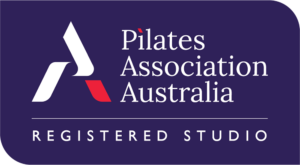
There is more information here on how to become a registered studio.
Scope of Practice, Standards of Practice
And we are excited to finally release our revised Scope of Practice and our new Standards of Practice for our members who fall in the Pilates Practitioner, Studio Instructor and Group Instructor categories.
History
This work kicked off as a joint APMA/ PAA project pre-Covid with Susie Bond, Wendy Larsen, Penny Latey, Chris Lavelle, Melanie Trapman and Sharan Simmons.
The starting point for developing our documents were:
- ESSA (Exercise & Sports Science Australia) for Scope of Practice
- American Physical Therapist Association for Scope of Practice
- Australian Physiotherapy Association (APA) for Scope and Standards of Practice
An issue that we discovered was that in many of the documents, Scope of Practice was never really defined. Statements like “operate within your scope of practice” within the Scope of Practice felt unhelpful. When we queried regulators on the vagueness of the explanation of scope, we were told that AHPRA registered professionals ticked a box each year saying they were competent in the areas they were practicing. Calls to be explicit about the requirements by the regulator or the relevant associations for scope or qualifications were dismissed as unnecessary.
We decided that we wanted to be much clearer as to what is expected of our members and to hopefully set a new standard in this important area of compliance, which is designed to protect the general public, ensuring safe practice.
Development
Pilates can cover such a wide spectrum of needs and we did not feel like this had been clearly articulated in the past. This table was developed to spell out the range of benefits of Pilates for the targeted populations.
Clearly, clients may not fall solely into one category, but this provided more clarity as to the expectations regarding education levels and group size.
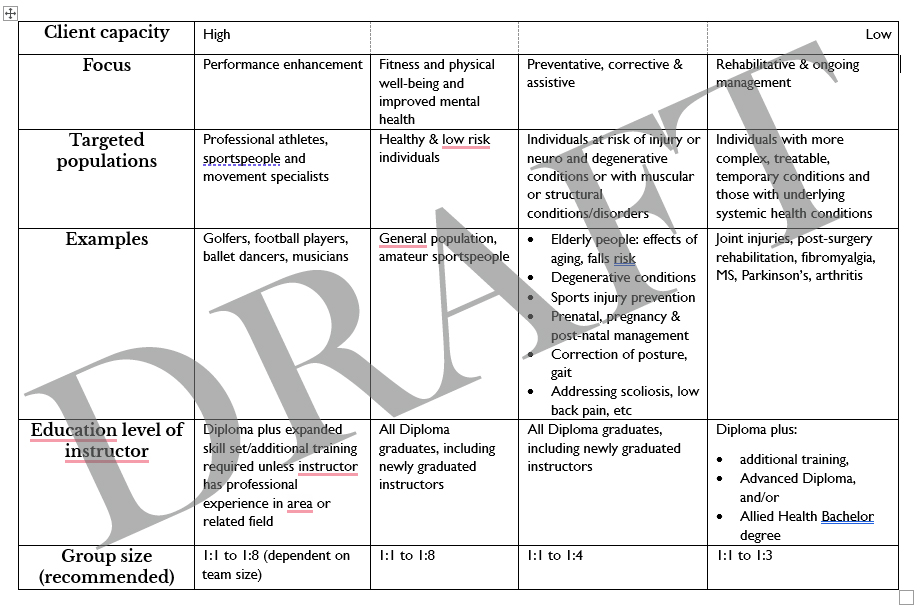
It was felt that this was too much information for our scope document and so it was reduced to two columns.
| Client Profile | Lower Risk Individuals | Higher Risk Individuals |
|---|---|---|
| Intention |
|
|
| Targeted population |
|
|
| Focus |
|
|
| Education level of instructor | PAA approved Diploma | Diploma plus:
|
| Group size (recommended) | Same apparatus: No more than 8 participants to one instructor. (This may be varied dependent on team size if teaching athletes.) Mat: No more than 12 participants to one instructor Mixed studio equipment: No more than 4 participants to one instructor | No more than 3 participants to one instructor |
The revised Scope of Practice and Standards of Practice page includes:
- Scope of Practice
- How the PAA sets professional standards
- Requirements for membership – education qualifications, ongoing professional development, etc
- Generic service provisions
- Additional service provisions for therapeutic purposes
- PAA Code of Conduct
What does this mean for you?
When you renew your PAA membership, you will be asked to acknowledge acceptance of the PAA Scope of Practice, Standards of Practice and Code of Conduct.
Read the revised documents and if you have any questions or concerns, please contact us at info@pilates.org.au
Templates and Resources
A number of useful templates have also been updated in the member’s area (log in then select Resources/Document Library):
- PAA Physical Readiness Activity Questionnaire (PARQ)
- Guidelines for Static Postural Assessment
- Static Postural Assessment
- Dynamic Postural Assessment
- Pregnancy Screening
- Post Natal Screening
- Clinical Note Taking for Pilates
- Case Notes Template
Robyn Rix
President

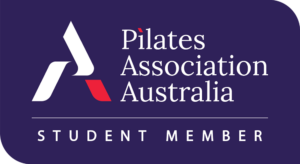
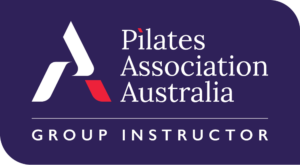
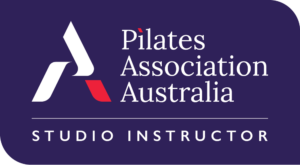
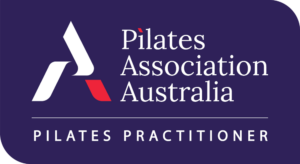
Comments are closed.